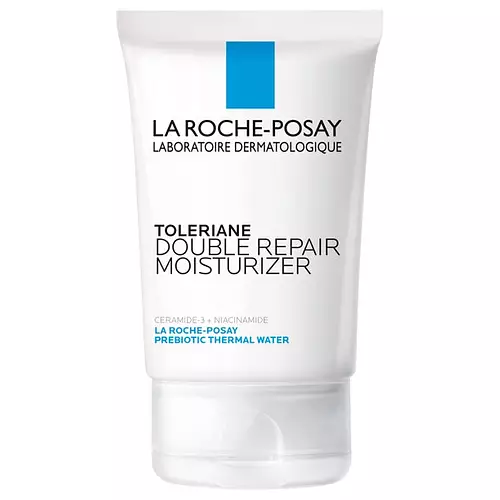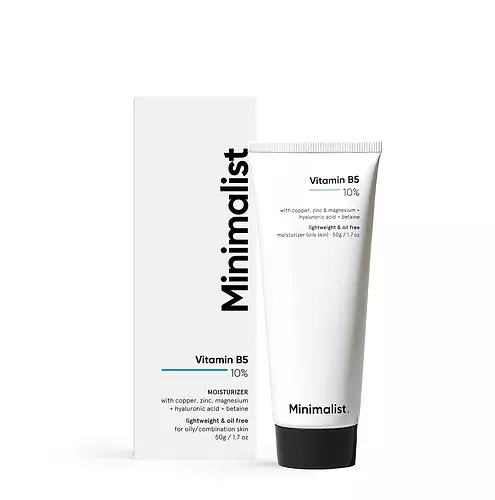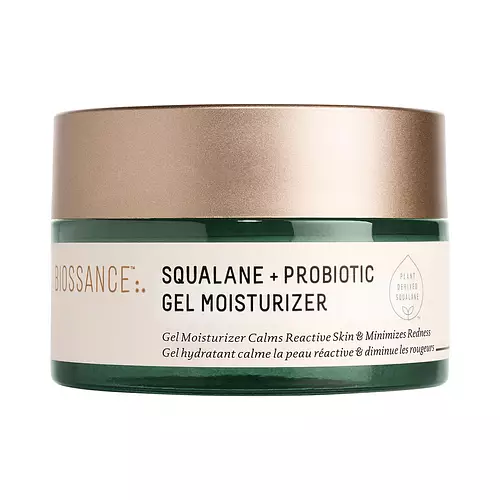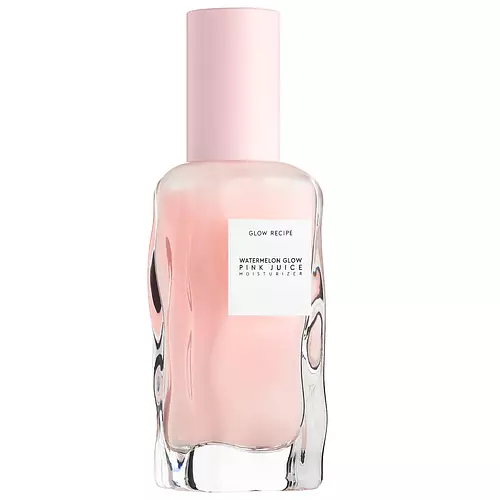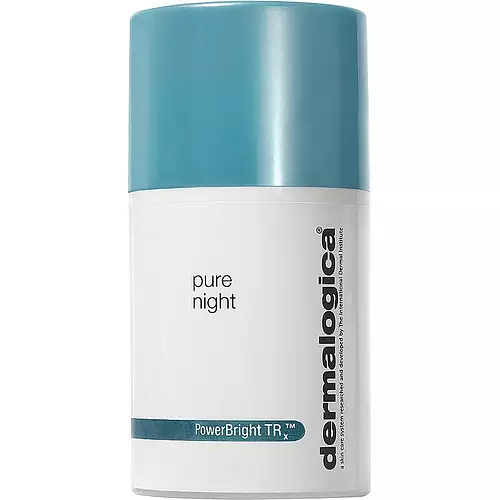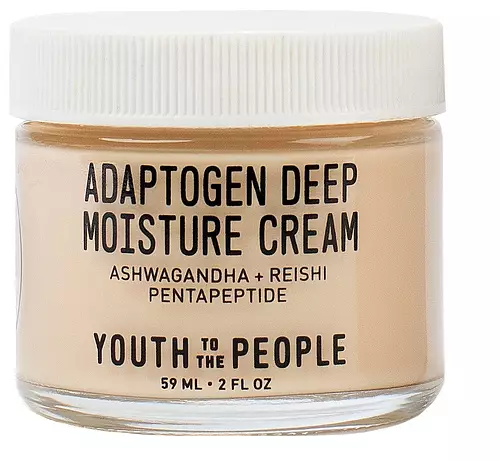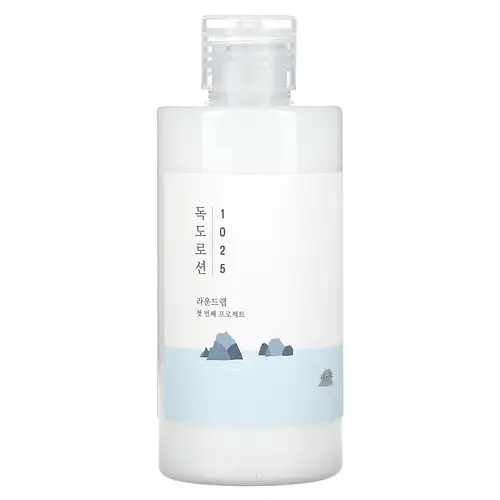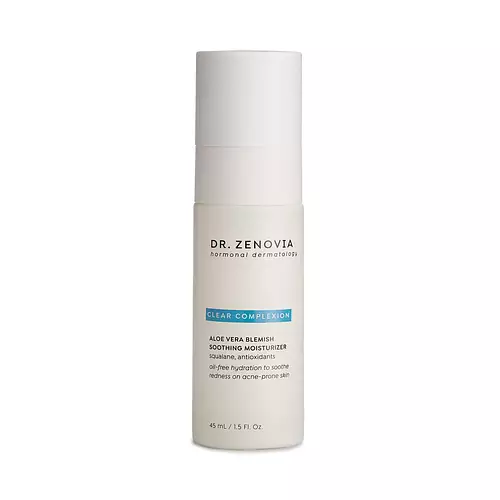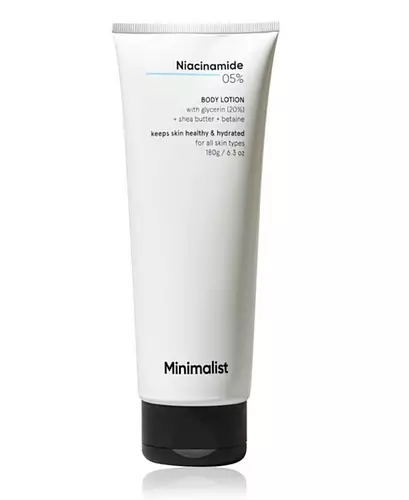La Roche-Posay Toleriane Double Repair Face Moisturizer Versus Minimalist Vitamin B5 10% Moisturizer
Updated on April 09, 2024
Overview
What they are
These products are both reef safe general moisturizers. They have a total of 1 ingredients in common
Suited For
They're both likely to be good for dry skin and sensitive skin
Free From
They both do not contain any harsh alcohols, common allergens, fragrances, oils or parabens
What's Inside
They both contain silicones
We independently verify ingredients, and our claims are backed by peer-reviewed research. Spot a product that needs an update? Let us know.
Ingredient Info
La Roche-Posay Toleriane Double Repair Face Moisturizer 18 ingredients
Minimalist Vitamin B5 10% Moisturizer 19 ingredients
At a glance
Click on any of the items below to learn more
La Roche-Posay Toleriane Double Repair Face Moisturizer 18 ingredients
Minimalist Vitamin B5 10% Moisturizer 19 ingredients
Notable Ingredients
This product contains 1 ingredient that may have this attribute:
This product contains 1 ingredient that may have this attribute:
This product contains 1 ingredient that may have this attribute:
Benefits
This product contains 3 ingredients that may have this attribute:
This product contains 1 ingredient that may have this attribute:
This product contains 2 ingredients that may have this attribute:
This product contains 1 ingredient that may have this attribute:
This product contains 1 ingredient that may have this attribute:
This product contains 1 ingredient that may have this attribute:
This product contains 1 ingredient that may have this attribute:
This product contains 1 ingredient that may have this attribute:
This product contains 2 ingredients that may have this attribute:
Concerns
This product contains 3 ingredients that may have this attribute:
This product contains 2 ingredients that may have this attribute:
Benefits
This product contains 1 ingredient that may have this attribute:
This product contains 1 ingredient that may have this attribute:
Ingredients Side-by-side
Ingredients Explained
These ingredients are found in both products.
Ingredients higher up in an ingredient list are typically present in a larger amount.
Water. It's the most common cosmetic ingredient of all. You'll usually see it at the top of ingredient lists, meaning that it makes up the largest part of the product.
So why is it so popular? Water most often acts as a solvent - this means that it helps dissolve other ingredients into the formulation.
You'll also recognize water as that liquid we all need to stay alive. If you see this, drink a glass of water. Stay hydrated!
Learn more about WaterIngredient Ratings
Here's what our community thinks of the ingredients in these products.
When to use
La Roche-Posay Toleriane Double Repair Face Moisturizer 18 ingredients
Minimalist Vitamin B5 10% Moisturizer 19 ingredients


Reviews
Here's what our community thinks
La Roche-Posay Toleriane Double Repair Face Moisturizer 18 ingredients
AndieGlass
I prefer this lotion for my night time routine and someone with primarily oily skin. This sunscreen is very hydrating and doesn’t feel heavy as the...
I prefer this lotion for my night time routine and someone with primarily oily skin. This sunscreen is very hydrating and doesn’t feel heavy as the last step of my skin care routine. I wouldn’t recommend it for day time use because it definitely gives the skin a shiny look.
Jnke.
Good, but not for me.
Purchased after I damaged my barrier and needed something simple- Texture is nice & light, not at all greasy or heavy. No...
Good, but not for me.
Purchased after I damaged my barrier and needed something simple- Texture is nice & light, not at all greasy or heavy. No scent. Does not leave me shiney or oily. But not heavy enough for my current dry skin & needs to be reapplied after a few hours.... I do for the most part really like this moisturizer, but will not be repurchasing after seeing the product info.
